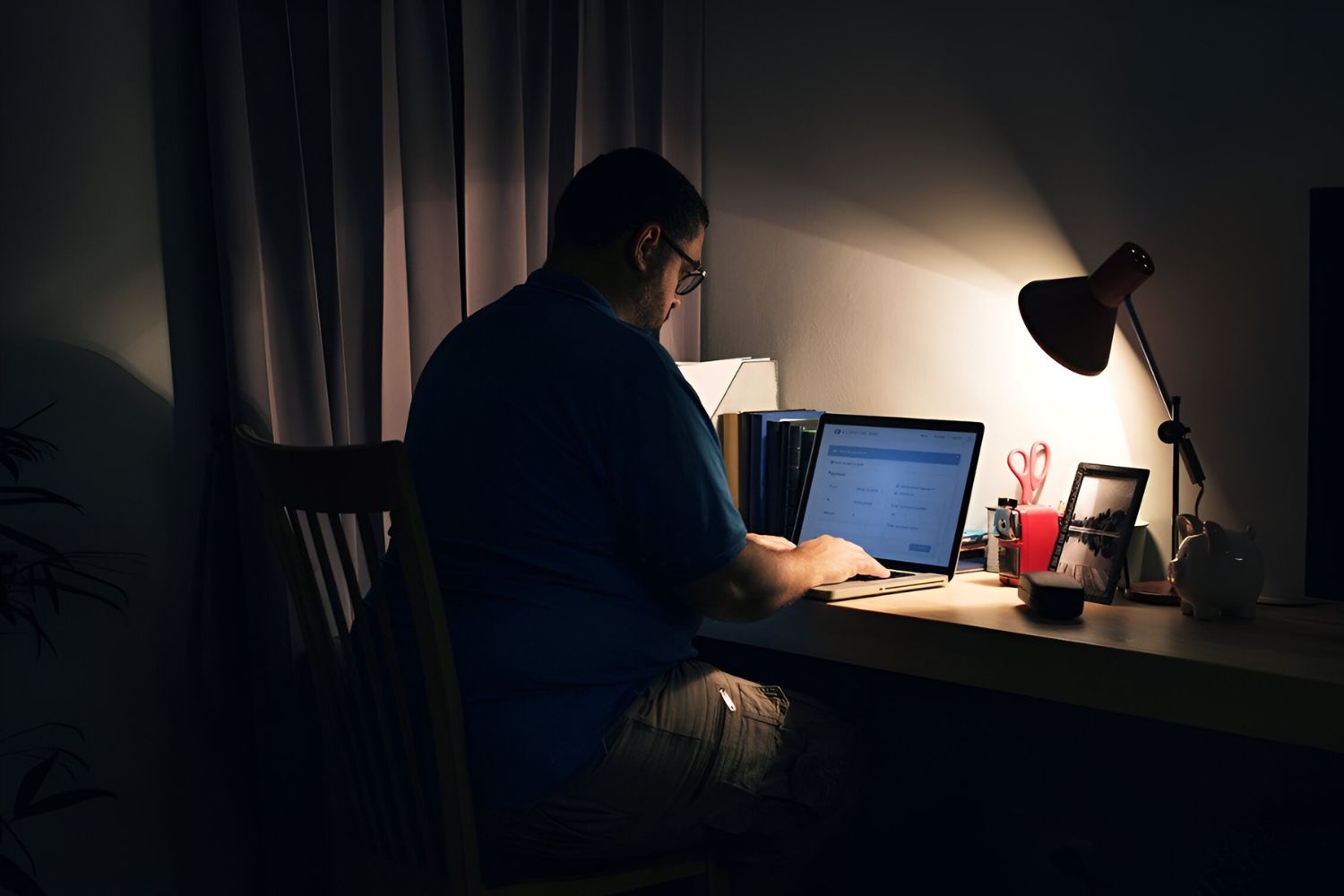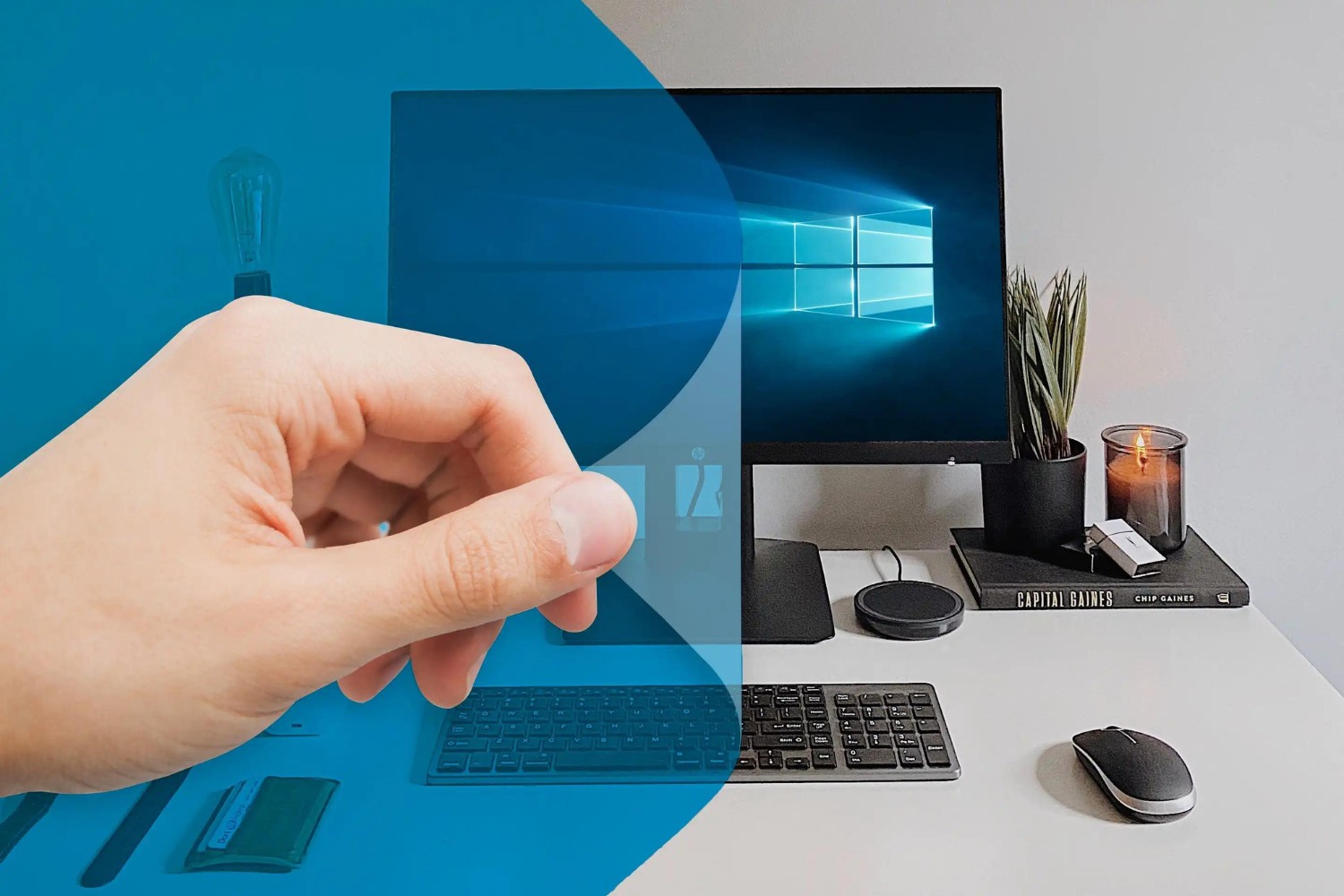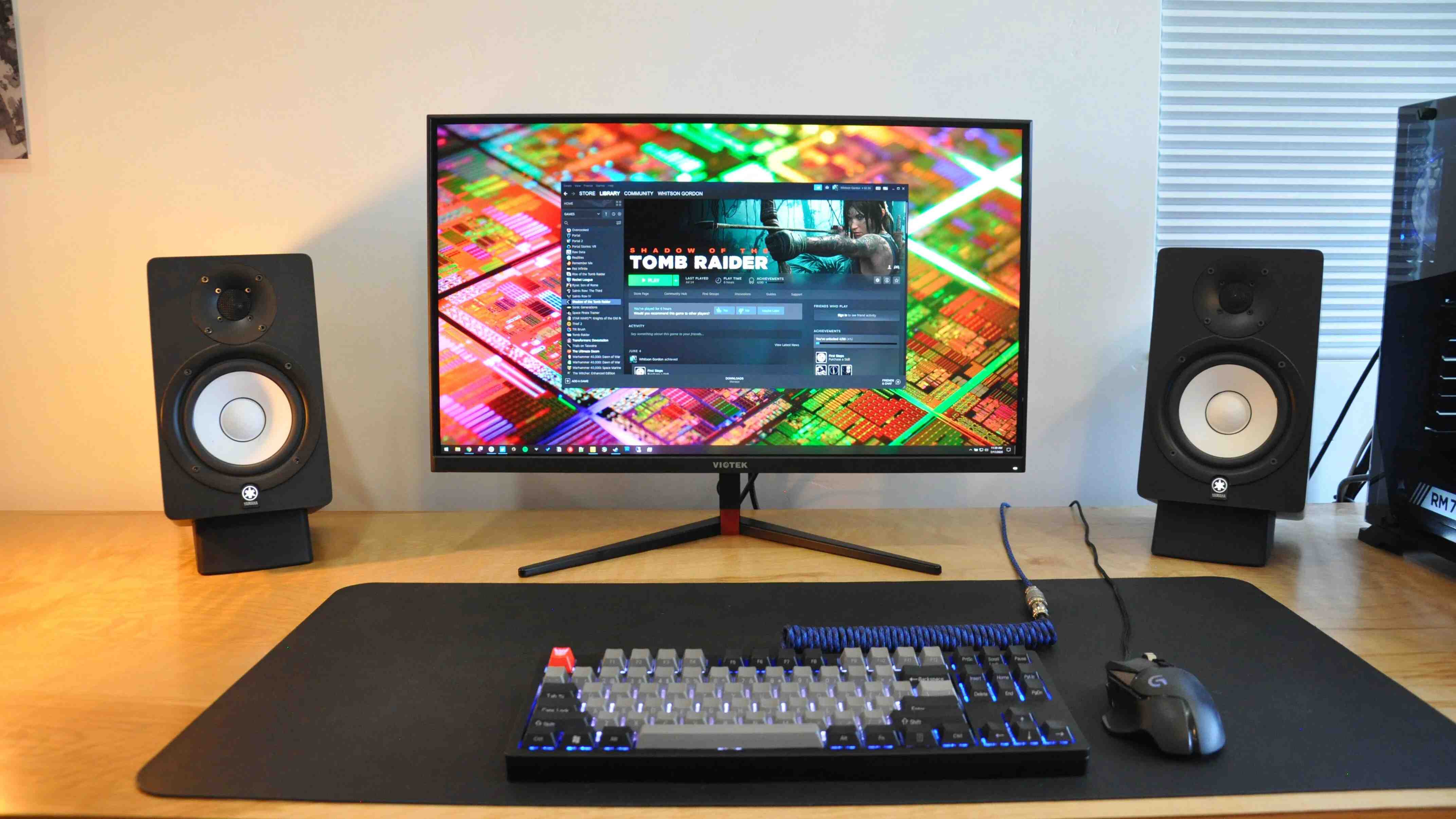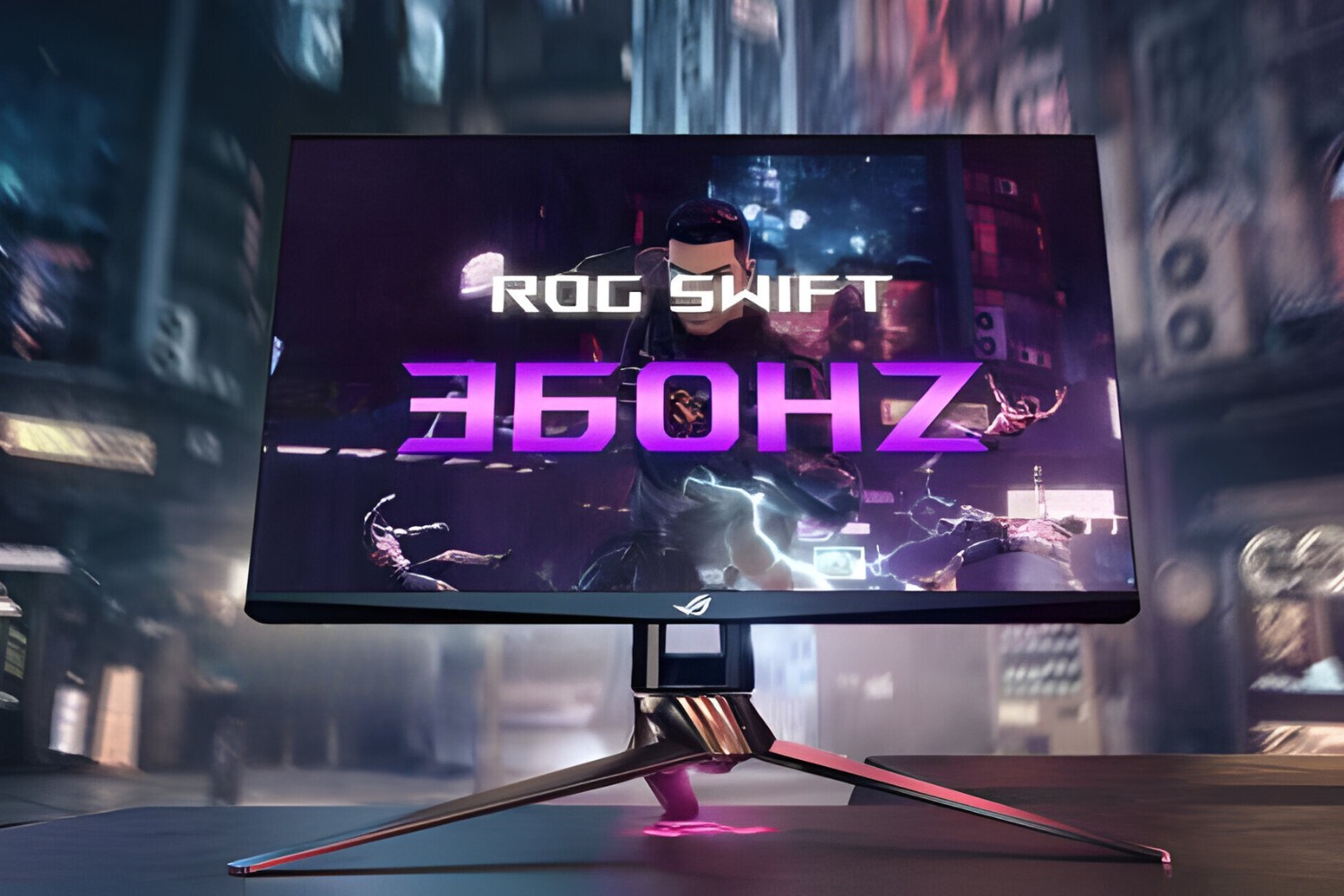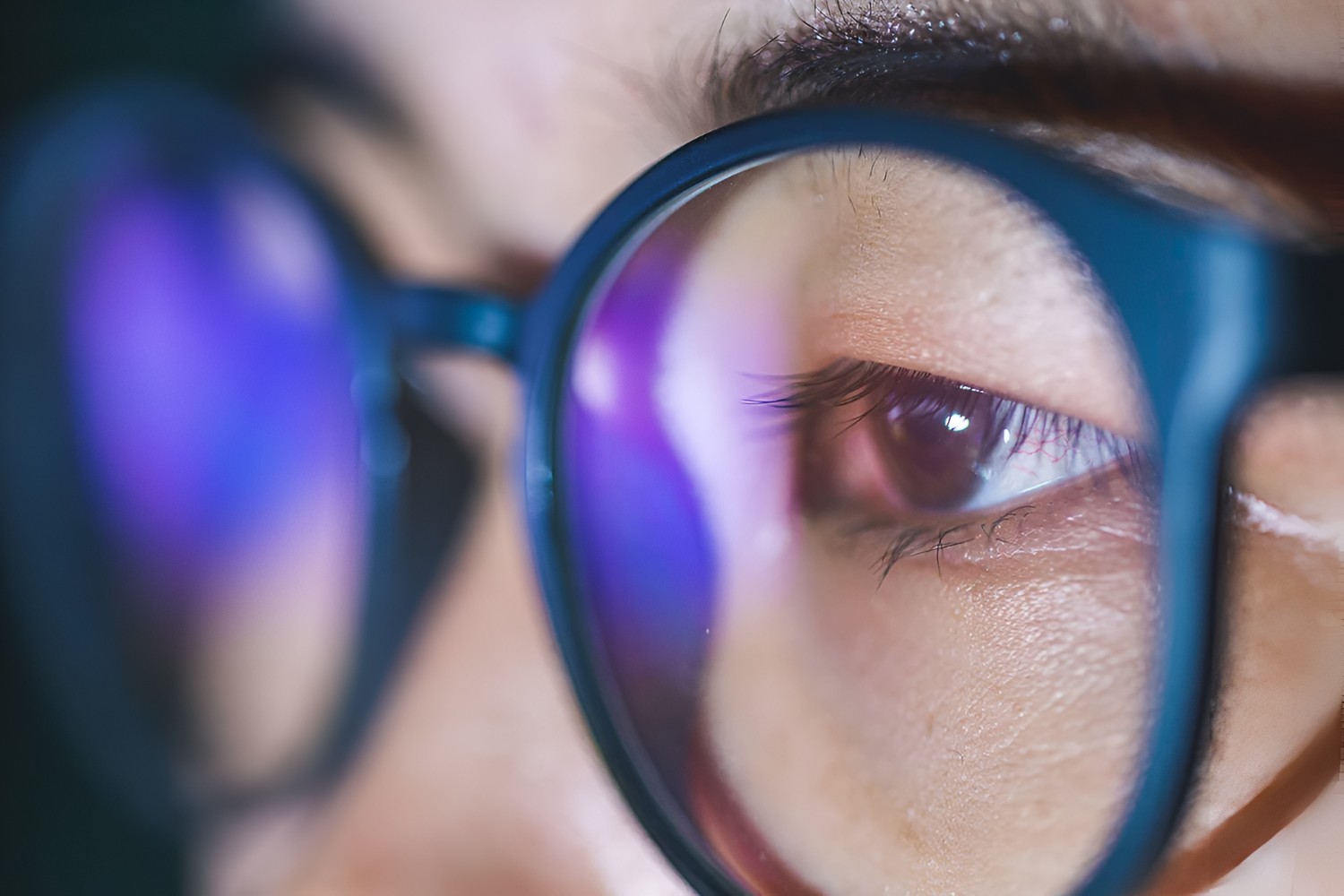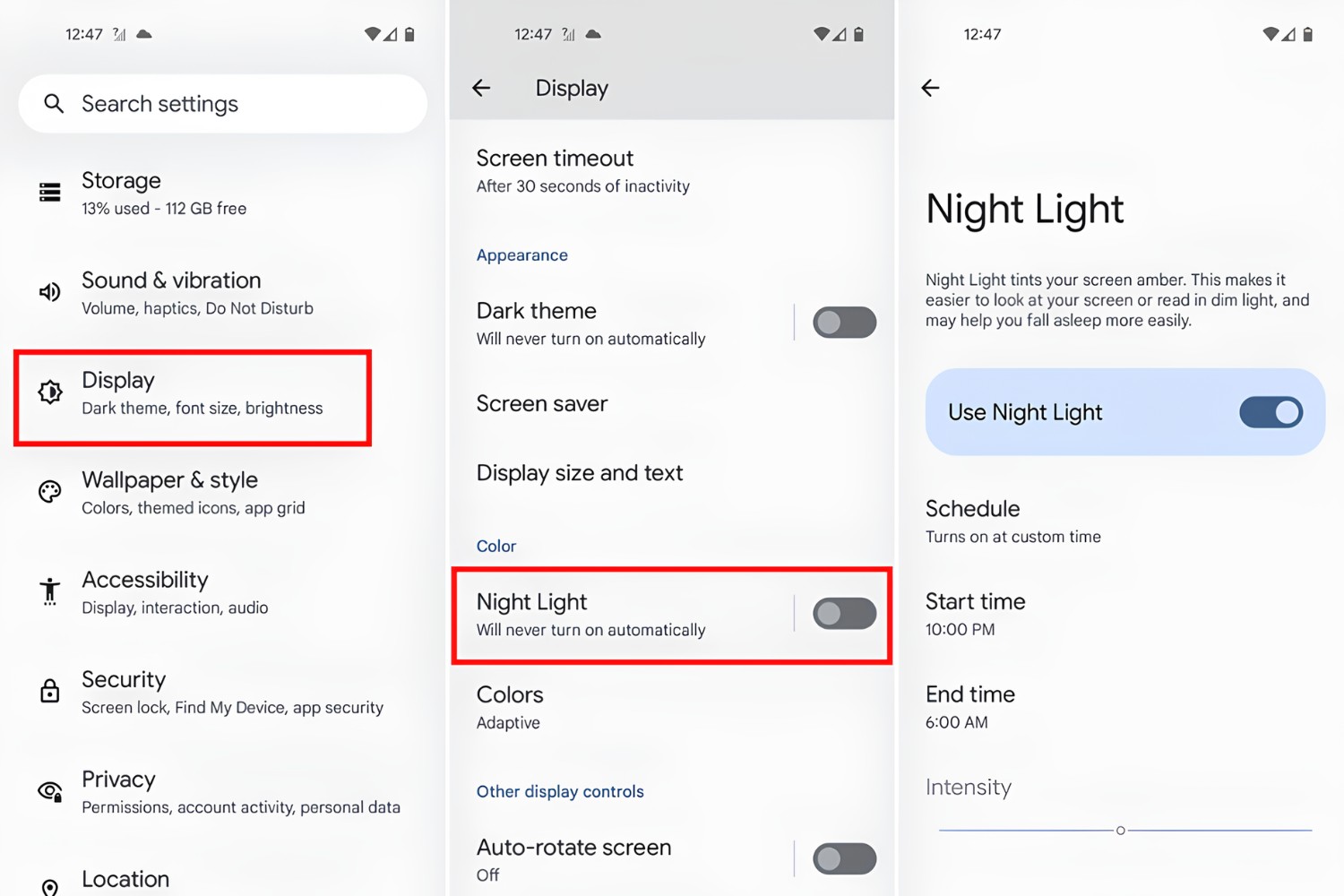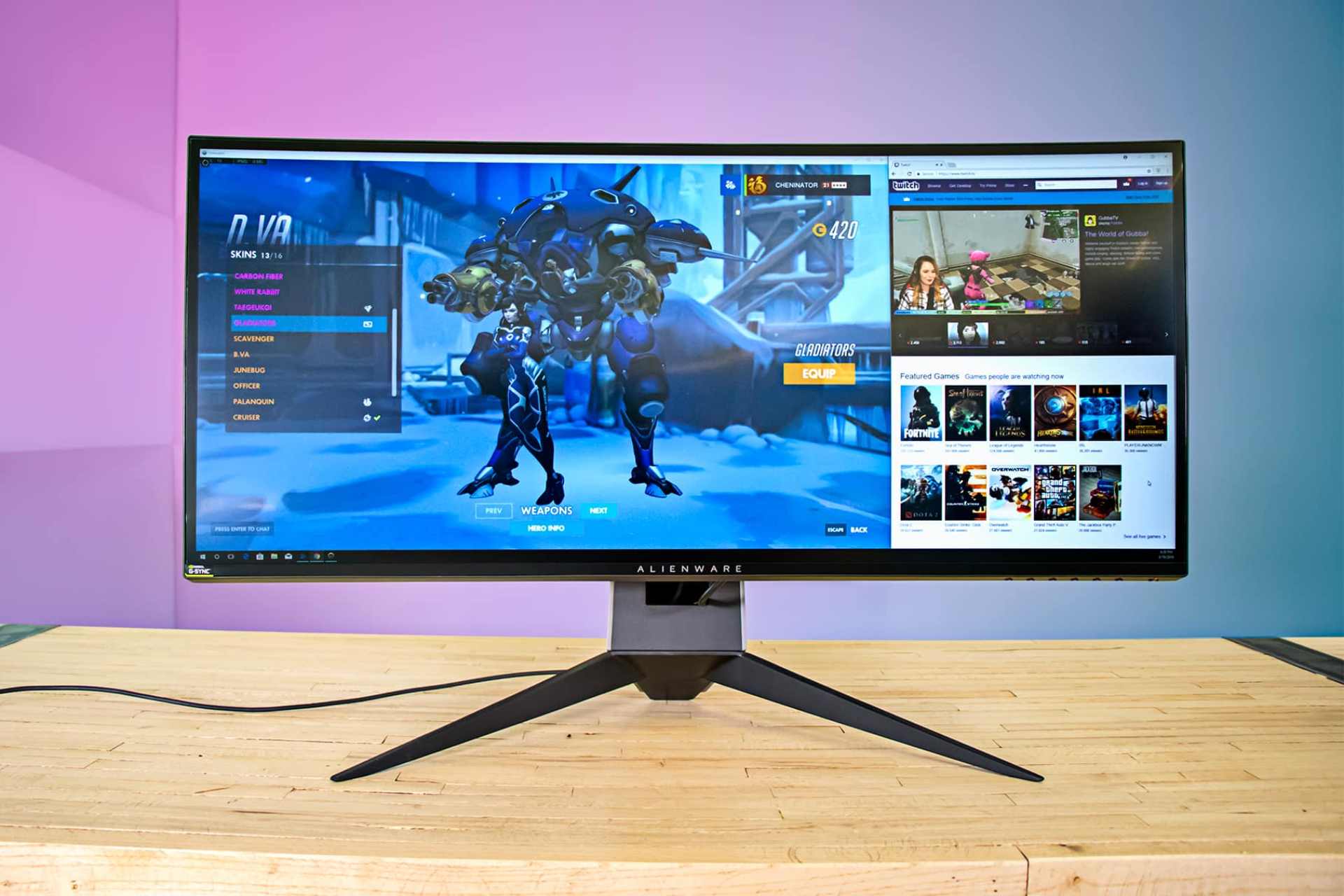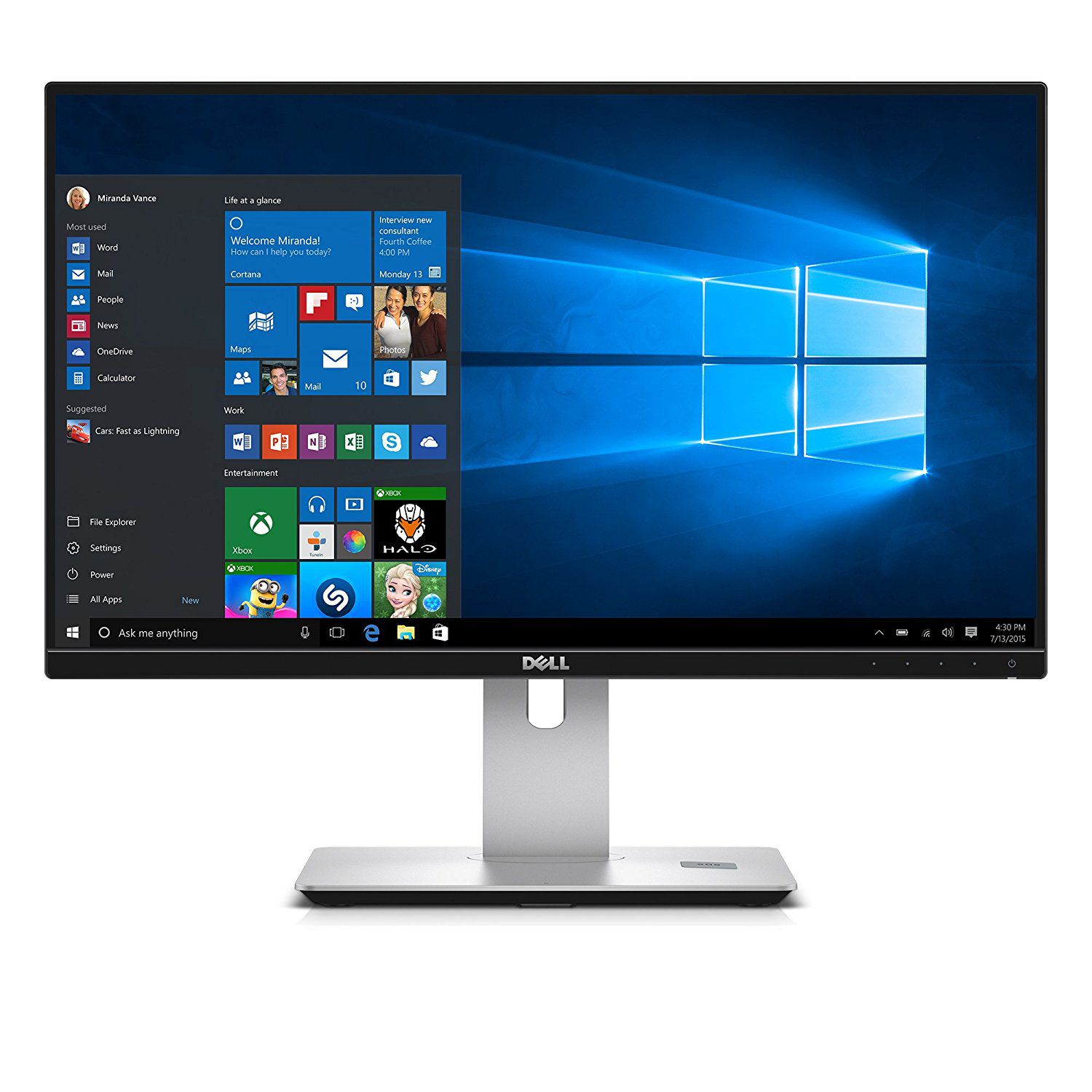What is Blue Light and Its Effects on Eyes
Blue light is a high-energy, short-wavelength light that is emitted by the sun and also by digital devices such as smartphones, tablets, and computer screens. While blue light is a natural component of sunlight and plays a crucial role in regulating our sleep-wake cycle, overexposure to artificial sources of blue light can have adverse effects on our eyes and overall well-being.
When we spend extended periods in front of screens, our eyes are exposed to a significant amount of blue light. This can lead to digital eye strain, also known as computer vision syndrome, which encompasses a range of symptoms including dry eyes, blurred vision, headaches, and neck and shoulder pain. Prolonged exposure to blue light may also contribute to long-term vision problems, such as age-related macular degeneration, which can result in loss of central vision.
Furthermore, blue light exposure can disrupt our circadian rhythm, the body's internal clock that regulates our sleep-wake cycle. The blue light emitted by screens can suppress the production of melatonin, a hormone that signals the body when it's time to wind down and prepare for sleep. As a result, exposure to blue light in the evening can make it harder to fall asleep and negatively impact the quality of our sleep.
In addition to its effects on eye health and sleep patterns, some studies suggest that prolonged exposure to blue light may also have implications for overall health, including potential links to an increased risk of certain cancers, diabetes, and heart disease. While more research is needed to fully understand these potential health risks, it's clear that minimizing blue light exposure, especially during evening hours, is an important consideration for maintaining overall health and well-being.
Understanding the impact of blue light on our eyes and overall health underscores the importance of taking proactive measures to mitigate its effects, particularly for individuals who spend a significant amount of time using digital devices. By implementing strategies to reduce blue light exposure and utilizing technologies such as blue light filters, individuals can help safeguard their eye health and promote better sleep quality.
How Blue Light Affects Sleep Patterns
Blue light, a high-energy, short-wavelength light emitted by digital devices, has a profound impact on our sleep patterns. The human body's internal clock, known as the circadian rhythm, is regulated in part by exposure to natural light, particularly blue light from the sun. However, the prevalence of artificial sources of blue light, especially in the evening, has disrupted this delicate balance, leading to significant implications for our sleep quality.
When we are exposed to blue light in the evening, particularly from screens such as smartphones, tablets, and computers, it can interfere with the body's natural production of melatonin, a hormone that signals the brain when it's time to wind down and prepare for sleep. The suppression of melatonin production due to blue light exposure can disrupt the natural sleep-wake cycle, making it harder to fall asleep and potentially reducing the overall quality of our sleep.
The impact of blue light on sleep patterns is particularly concerning in the context of modern lifestyles, where digital devices are omnipresent, and evening screen time has become a common practice. Individuals who engage in activities such as scrolling through social media, watching videos, or working on computers late into the night are especially susceptible to the disruptive effects of blue light on their sleep.
Research has shown that exposure to blue light in the evening can lead to delayed sleep onset, meaning it takes longer to fall asleep after going to bed. Furthermore, the quality of sleep may be compromised, with individuals experiencing less restorative deep sleep and more fragmented sleep patterns. These disruptions can have far-reaching consequences, impacting daytime alertness, cognitive function, and overall well-being.
Given the pervasive nature of blue light exposure from screens in the evening, it has become increasingly important for individuals to be mindful of their digital habits and implement strategies to mitigate the impact of blue light on their sleep. This includes leveraging technologies such as blue light filters, which can help reduce the amount of blue light emitted by screens during evening hours, thereby supporting the body's natural sleep processes.
In essence, the influence of blue light on sleep patterns is a critical consideration in the digital age, prompting a reevaluation of our relationship with technology and the implementation of measures to protect our sleep quality and overall well-being. By understanding the disruptive effects of blue light on sleep and taking proactive steps to minimize exposure, individuals can strive to achieve a healthier balance between their digital lifestyles and the restorative benefits of quality sleep.
Introducing Windows 10 Blue Light Filter Feature
Windows 10, the widely used operating system developed by Microsoft, incorporates a valuable feature designed to address the impact of blue light on users' eyes and sleep patterns. The Blue Light Filter, also known as Night Light, is a built-in functionality that enables users to reduce the amount of blue light emitted by their screens, thereby promoting a more comfortable viewing experience, especially during evening hours.
This innovative feature, seamlessly integrated into the Windows 10 operating system, allows users to adjust the color temperature of their display, shifting it towards warmer tones and reducing the intensity of blue light. By doing so, the Blue Light Filter aims to minimize the potential negative effects of blue light exposure, such as digital eye strain and disruptions to sleep patterns, while maintaining the overall visual clarity and usability of the screen.
The Windows 10 Blue Light Filter feature is designed to be user-friendly and customizable, empowering individuals to tailor their viewing experience according to their preferences and specific needs. Users have the flexibility to schedule the activation of the Blue Light Filter based on their daily routines, ensuring that the display automatically adjusts to warmer tones during the evening hours, when blue light exposure may be most impactful.
Furthermore, Windows 10 offers the option to manually adjust the strength of the Blue Light Filter, allowing users to fine-tune the color temperature to suit their comfort level and environmental conditions. This level of customization enables individuals to strike a balance between reducing blue light exposure and maintaining an optimal visual experience tailored to their unique requirements.
The introduction of the Blue Light Filter feature in Windows 10 reflects a proactive approach by Microsoft to prioritize user well-being in the digital environment. By acknowledging the potential impact of blue light on eye health and sleep quality, Windows 10 empowers users to take control of their digital experiences and implement measures to mitigate the effects of prolonged screen time.
In essence, the Windows 10 Blue Light Filter feature represents a significant step towards promoting healthier screen usage habits and enhancing user comfort, particularly during evening and nighttime activities. By harnessing the capabilities of this built-in functionality, Windows 10 users can proactively manage their exposure to blue light, contributing to a more eye-friendly and conducive digital environment.
Step-by-Step Guide to Turning Off Blue Light on Windows 10
Turning off the blue light filter on Windows 10 is a straightforward process that allows users to customize their display settings according to their preferences. Whether you need to temporarily disable the filter for color-sensitive tasks or simply prefer the standard color temperature, Windows 10 provides a seamless method to adjust the blue light filter settings. Here's a step-by-step guide to turning off the blue light filter on Windows 10:
-
Access Display Settings: Begin by accessing the "Settings" app on your Windows 10 device. This can be done by clicking on the Start menu and selecting the gear-shaped "Settings" icon.
-
Navigate to System: Within the Settings app, locate and click on the "System" option. This will open a range of display and configuration settings for your device.
-
Select Display: Under the "System" settings, choose the "Display" option from the sidebar. This will provide access to various display-related configurations and adjustments.
-
Adjust Blue Light Settings: Scroll down to find the "Night light settings" section. Here, you can toggle the blue light filter on or off by clicking the switch next to "Night light." Turning off the blue light filter will return your display to its standard color temperature settings.
-
Fine-Tune Color Temperature (Optional): If desired, you can further customize the color temperature by clicking on "Night light settings." This allows you to manually adjust the strength of the blue light filter or schedule its activation based on specific times.
-
Confirm Changes: Once you have turned off the blue light filter or made any additional adjustments, close the Settings app to apply the changes to your display settings.
By following these simple steps, users can effectively turn off the blue light filter on Windows 10, restoring the display to its regular color temperature. This level of control empowers individuals to tailor their viewing experience according to their needs and preferences, ensuring a comfortable and personalized display environment.
The ability to easily disable the blue light filter on Windows 10 reflects the platform's commitment to providing users with flexible and user-centric features, promoting a more adaptable and customizable digital experience. Whether for professional tasks that require accurate color representation or personal preferences, the accessibility of blue light filter adjustments underscores Windows 10's dedication to enhancing user comfort and usability.
Adjusting Blue Light Filter Settings for Personalized Experience
Adjusting the blue light filter settings on Windows 10 empowers users to personalize their display experience according to their unique preferences and requirements. By fine-tuning the color temperature and scheduling the activation of the blue light filter, individuals can create a viewing environment that aligns with their comfort level and daily routines. Windows 10 offers a range of customizable options to cater to diverse user needs, ensuring that the blue light filter can be tailored to deliver an optimal and personalized visual experience.
Fine-Tuning Color Temperature
Windows 10 allows users to manually adjust the strength of the blue light filter, enabling them to fine-tune the color temperature to suit their specific comfort level and environmental conditions. By accessing the "Night light settings" within the display configurations, individuals can modify the intensity of the blue light filter, shifting the display towards warmer tones for a more soothing and eye-friendly viewing experience. This level of customization empowers users to create a display environment that minimizes blue light exposure while maintaining visual clarity and comfort.
Scheduling Activation Based on Preferences
In addition to manual adjustments, Windows 10 offers the flexibility to schedule the activation of the blue light filter based on individual preferences and daily routines. Users can define specific times for the blue light filter to automatically adjust the color temperature, transitioning to warmer tones during evening hours when blue light exposure may be most impactful. This feature allows for seamless integration of the blue light filter into users' lifestyles, ensuring that eye-friendly display settings are automatically activated at the most relevant times without requiring manual intervention.
Tailoring the Experience to Specific Needs
The ability to adjust the blue light filter settings on Windows 10 caters to a diverse range of user needs and preferences. Whether individuals require a subtle reduction in blue light for general comfort or seek a more pronounced shift in color temperature for enhanced eye protection, the customizable options provided by Windows 10 empower users to tailor their display experience to align with their specific requirements. This personalized approach ensures that the blue light filter can accommodate varying sensitivities to blue light and support individual comfort levels.
In essence, the availability of customizable blue light filter settings on Windows 10 reflects the platform's commitment to delivering a personalized and user-centric display experience. By offering a range of options for fine-tuning the blue light filter, Windows 10 empowers users to create a viewing environment that prioritizes eye comfort and overall well-being, aligning with their unique preferences and lifestyle patterns.







